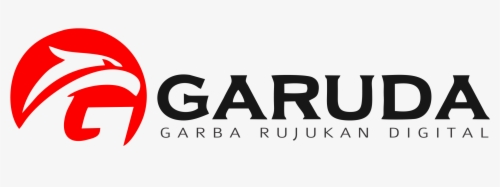Managing creativity and innovation in the 4th industrial revolution: Learning from giants
DOI:
https://doi.org/10.22219/jibe.v5i01.15390Keywords:
Creativity, innovation, technology, industrial revolutionAbstract
This article highlights an idea of the importance of creativity and innovation in the face of a change that will inevitably occur in global competition, where technological sophistication is the main prerequisite to lead. The research relies on secondary data primarily from books, journals, published reports, online news, and others. This study observes business giants like Google as the best example of maximizing creativity and innovation in global competition and kitabisa.com as Indonesia's local social entrepreneurship pioneer. Then Nokia and Yahoo are examples of failure to implement creativity and innovation. From many theories, there are four theories to draw the relationship among creativity, innovation, and technology, namely: technology S-curve, punctuated equilibrium, dominant design, and absorptive capacity. However, many theories of creativity and innovation developed by scientists have their advantages and disadvantages. This study is expected to provide new insight for individuals, groups, practitioners, or stakeholders to overcome industrial revolution challenges.
Downloads
Downloads
Published
Issue
Section
License

This work is licensed under a Creative Commons Attribution-ShareAlike 4.0 International License.
















